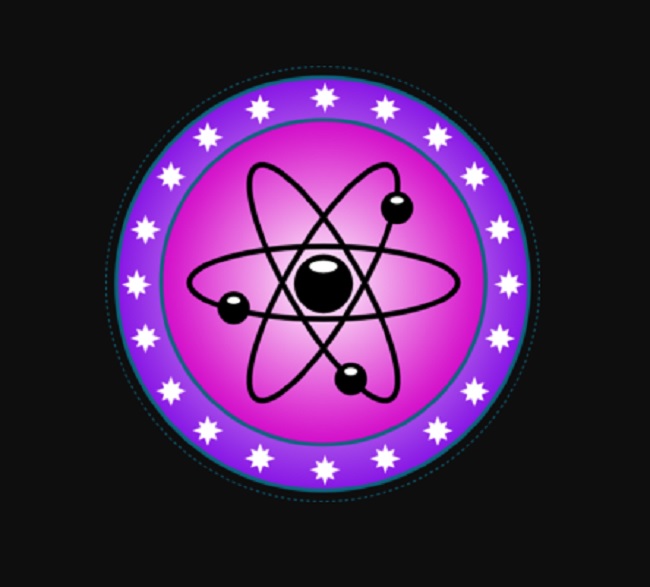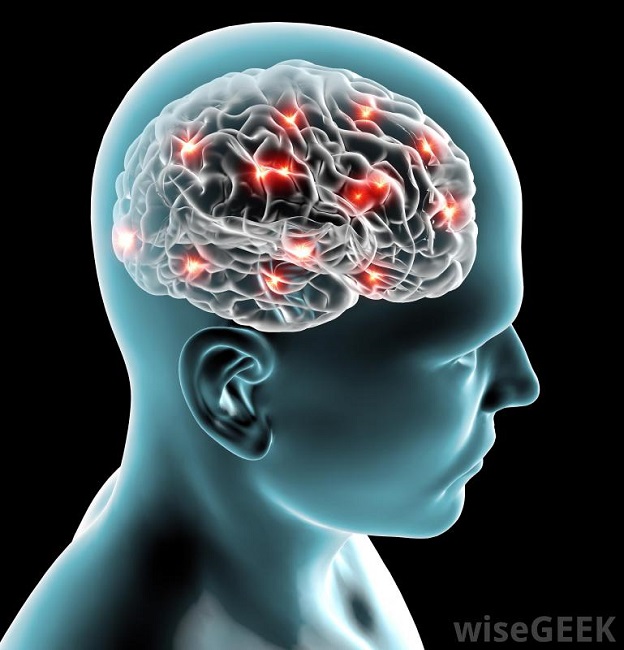3How do we interpret these experiences scientifically?
Advertisement
The brain is a fundamental organ of the human body. It is the organ of the soul. To function, it needs to be constantly fed with oxygen and glucose. When it is deprived of one of the two elements, by blocking the breathing or the blood circulation, it undergoes quickly an alteration of its functions. And this is exactly what happens in the event of a heart attack: the heart is no longer able to distribute blood to the brain, which starts to sorely lacking in oxygen.
But what happens between the time the heart stop and the definitive shut down of the brain? Is it during this time interval that the imminent death experience occurs? How much time can elapse between the two events? A few years ago, the researchers estimated that the brain stops about fifteen seconds after the heart stops. But in 2013, an experiment that was conducted on rats showed that the brain still recorded activity up to 30 seconds after the cardiac arrest occurs. And that this activity testified to a particularly intense state of awakening. Several publications including the famous AWARE study now quantify the period during which a state of consciousness is possible despite the cardiac arrest at 3 minutes, even when there is no electrical activity.
The brain does not stop when the heart stops beating. On the contrary, it increases its activity. The brain struggles. For the majority of materialistic scientists, it is during this period that the imminent death experience occurs.

Image Source: www.clker.com
Deprived of oxygen, the brain makes every effort to cope with this unprecedented biological drama. It tries to regulate the communication that became difficult between the cells by massively releasing glutamate, a very active substance that stimulates the memory. And to curb the disruption of calcium content that leads to excess of the glutamate, the brain also produces a substance close to ketamine, known for its hallucinogenic effects and its ability to cause disconnection of the sensory level. But the part of the brain that would be mainly involved in the Impending death experience would be that of the temporal lobes, known to play a role in cases of epilepsy, intense emotions, recall memories and depersonalization. Their slow agony would participate actively in the experiment. Neurosurgeon Wilder Penfield has managed to recreate some of the sensations of this phenomena by stimulating this area within some of his patients. The tunnel itself finds its explanation: the random excitation of the visual cortex would produce a brilliant light effect in the center of the visual field and a fade to darkness on the periphery.

Image Source: wisegeek.com